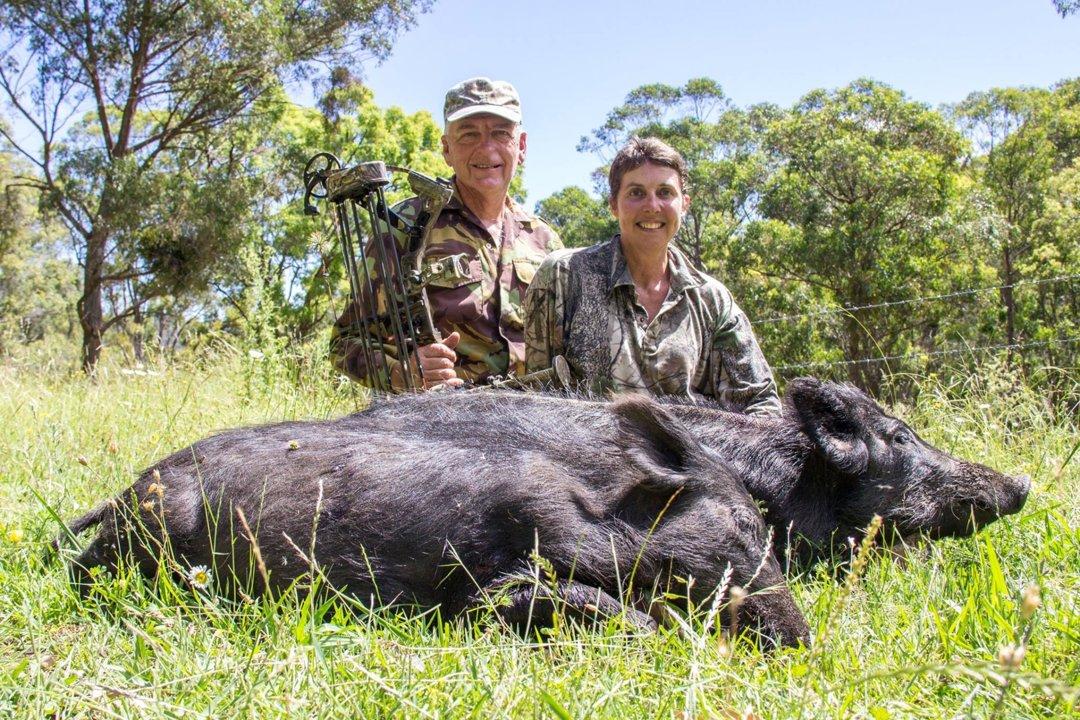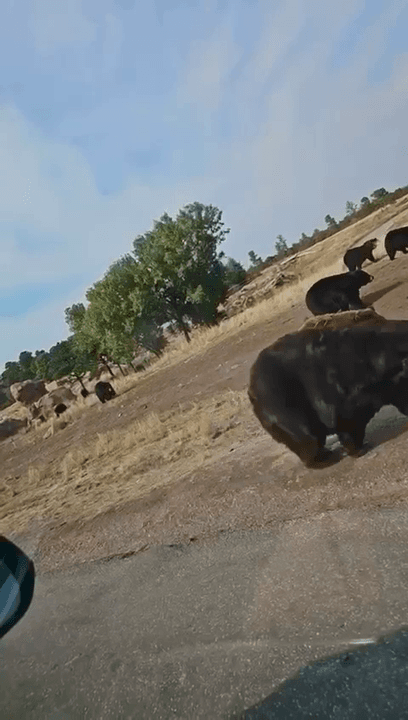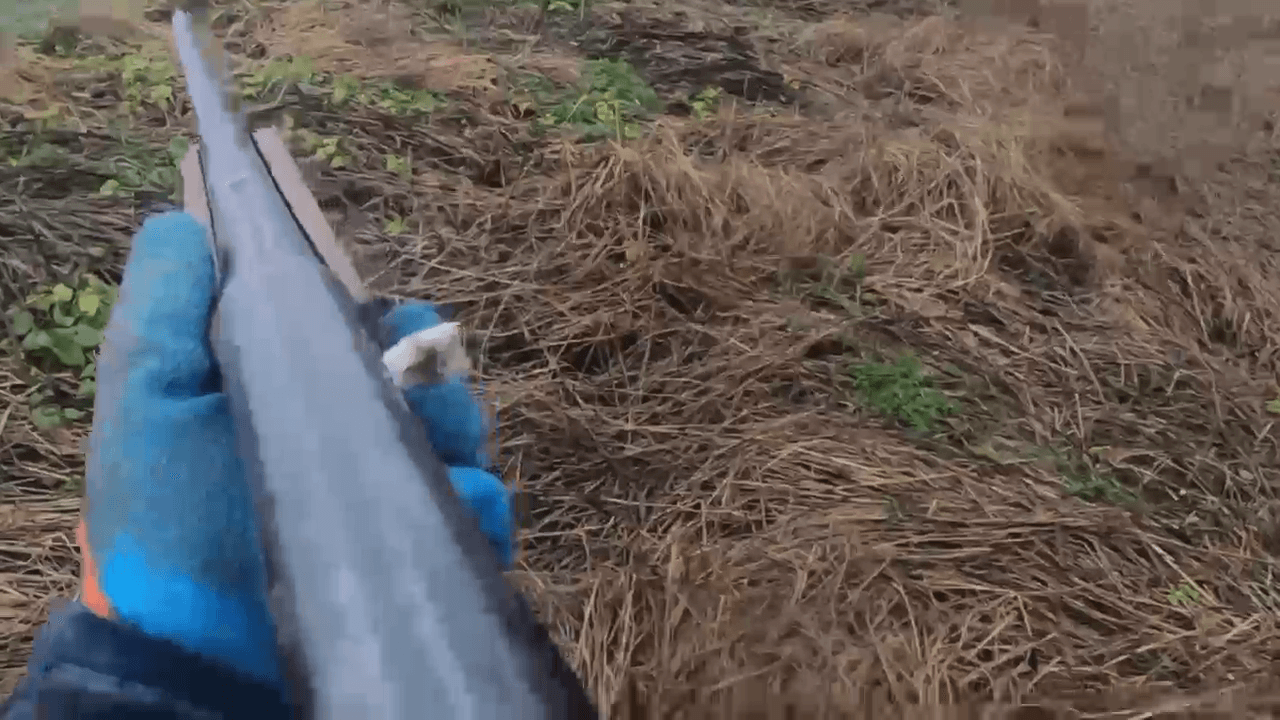
Hunting in Kigoma Region, Tanzania: Laws and Legislation, Demographics and Demography, Geography of Tanzania Geographical and Natural Features of Kigoma Region Kigoma Region, located in western Tanzania, borders Lake Tanganyika and encompasses diverse terrains, including the Mahale Mountains and extensive woodlands. The region's varied topography, ranging from lake shores to mountainous areas, provides habitats for a wide array of game species, making it a notable area for hunting activities. Hunters and Demographics in Kigoma While specific data on the number of hunters in Kigoma Region is not readily available, Tanzania's hunting industry is well-regulated, with numerous hunting concessions and licensed outfitters operating across the country. Kigoma's remote and less-developed areas may attract hunters seeking unique and challenging experiences. Hunting Practices and Traditions in Tanzania Hunting in Tanzania, including Kigoma Region, is conducted under strict regulations to en
Post: 10 July 06:12
















































